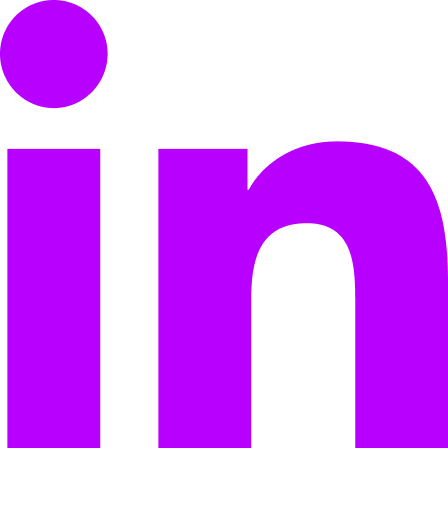Everyone loves themselves a good game, especially when it helps turn mundane tasks into exciting challenges. From earning points by completing tasks to soaring to the top of the leaderboard, gamification is transforming how organizations engage with their employees.
Why Gamification May Just Be the Key to Increasing Employee Engagement
Remember the Pokémon GO game app for iPhone and Android devices?
This augmented reality game used your device’s GPS to detect where you were and made Pokémon characters appear around you on your phone screen. The objective was to catch those rascally Pokémon – and it resulted in people leaving their houses to chase down the imaginary creatures.
Players were walking more.
Meeting new people.
Traveling to new places.
All because of a game on their smartphones.
Moral of the story: games are fun – and they can make the most mundane tasks (like walking) fun, too. Games give us positive feedback on our actions and achievements, help us create social bonds and make learning more engaging.
For these reasons, gamification can be extremely effective in the workplace, too.
What Is Gamification?
First, a broad definition of “gamification.”
Gamification is applying elements of game-playing to non-game activities. A researcher, Steve Dale, captures quite perfectly how gamification in the workplace works:
Gamification seeks to take enjoyable aspects of games – fun, play and challenge – and apply them to real-world business processes.
In the workplace, gamifying activities, applications and processes makes those things more engaging. In turn, gamification can:
- Encourage people to adopt those activities, applications and processes
- Make technology and tasks more interesting
- Promote desired behaviors
- Show a clear path to mastery or independence
- Increase employee engagement
Marketers have used gamification for years to spur people to complete surveys, go to websites and share their products. Really, though, the concept can be applied to almost anything you want to encourage people to do, or do more of.
You can even gamify commitment. Designer and developer Nathan Barry created an app called Commit, which helps people form habits by tracking activities they want to do every day.
Think about all the ways something like that could be used in your workplace!
You could encourage people to:
- Complete their daily reports
- Take action on training course and skill development
- Get up from their desks and move
It’s All in Your Head
So why does gamification work so well to improve behavior and encourage employees to accomplish boring tasks?
It’s psychology.
Simply put, gamification taps into the brain’s own natural wiring.
Games contain the natural reward compulsion loop:
- Employee performs an action
- Employee receives a reward for performing that action
- This reward triggers the employee’s brain to release dopamine, the feel-good neurotransmitter
- Employee is invited to perform the action again
- Employee eagerly performs the action in the hope that they get the same result
It’s the same reason many of us drink coffee in the morning. Or why people got addicted to Pokémon, Farmville, or even Duolingo (gotta save that streak, right?).
By rewarding your employees for performing tasks, you create that reward compulsion loop in the workplace – and a natural dopamine environment.
Boosting dopamine in your employees’ brains has an added benefit that many leaders don’t realize. Generally, neurotransmitters help keep us alert and on task. They’re the brain’s message relay system. In addition to bringing on that pleasurable feeling, dopamine, specifically, affects the following:
- Motivation
- Memory
- Behavior
- Cognition
- Attention and learning
- Sleep
- Mood
So by combining gamification strategies with tasks in the workplace, you’re not only making employees feel good, you’re also improving their ability to do their jobs.
Reward, Reinforcement and Motivation
So how can you use gamification in the workplace?
“If you can create an environment where people not only take the desired actions, but they also do it joyfully…it will always be useful,” says Yu-Kai Chou, the author of Actionable Gamification: Beyond Points, Badges, and Leaderboards. Chou is a gamification expert who discovered that a deeper understanding of human motivation and what makes games “fun” can create long-term employee engagement.
This applies to internal communications teams as much as it applies to human resources and management. If your objective is to engage employees through communications, it’s time to think about strategic gamification.
The simplest way to gamify almost anything is to assign point values to specific activities. From there you can attach rewards to point values; make it a contest or a friendly competition by giving the “game” a time limit and rewarding the person with the most points; or even assigning levels, ranks or titles to people who reach certain point values.
We have seen such astounding results from gamification in our own workplace as well as our customers’ workplaces, gamification functionality is now part of the core fabric of our intranet software, Axero.
No matter how you ultimately decide to gamify activities in the workplace, there are three elements to be aware of within that reward compulsion loop: Reward, Reinforcement and Motivation.
1. Reward
The reward system is the heart and soul of gamification. Basically, when an employee does something you want them to do, they get a reward.
If you want employees to collaborate and share their work, reward them by giving them points for asking/answering questions, writing/commenting on posts, and uploading files for team use.
If you want employees to compete against one another, in a healthy way of course, put everyone’s scores on a dashboard where they can see their points add up instantly. You can even set up a gamification program for different departments or the entire company. (Bonus: Employees now have something to watch besides the clock!)
A few years ago, LiveOps deployed a reward-based platform for its hard-to-retain call agents. Agents could earn badges and points by completing additional training, earn reward points for increased call conversion (points were tracked on public leaderboards), and get badges for sharing knowledge, coaching and networking with others.
Participating agents outperformed their peers by a whopping 23%. But that’s not all. Customer satisfaction grew by 9%.
2. Reinforcement
Our brains are wired to repeat actions that have given us pleasure in the past. Therefore, positive feedback is always more effective than negative feedback or negative reinforcement.
In other words, people prefer the carrot to the stick. So employees will be more likely to continue desired behaviors when those behaviors have a positive outcome for them.
On the flip side of that, when employees are punished for not completing an activity, they are more likely to disengage from their roles and the company.
Psychologist B.F. Skinner conducted an experiment in the 1920s that illustrates this perfectly. He put a starving rat in a box with a lever that, when pressed, would release a food pellet. The rat learned very quickly to press that lever in order to get food.
Now, employees aren’t starving rats – but they’re still hardwired to repeat actions that “feed” them.
3. Motivation
There are many theories about what motivates us as human beings. There have been many studies conducted to try to get to the root of motivation, because without motivation, we wouldn’t accomplish much in this world. And your employees won’t accomplish much in the workplace.
After all, willpower is a limited resource.
Personally, I like Scientific American’s simple breakdown of motivation:
- Autonomy: You feel more motivated when you’re in charge. Or even when you think you’re in charge. Researchers found that the perception of autonomy predicts people’s drive in pursuing a goal. They also discovered that – surprise, surprise – people are more energized about completing tasks they want to complete.
- Value: You’re more motivated when you believe in and value an activity. In other words, if you think an activity is important, you’re more likely to complete it. Researchers found that students who valued a subject in school were more willing to investigate it independently.
- Competence: The more time you spend on an activity, the more competent you get at it, and the more likely you’ll continue doing it. Researchers also found that effort creates excellence and can motivate you to keep learning. Those who believe they have an innate talent are more likely to give up when an activity becomes difficult than those who have worked hard to master the skills.
To wrap this up in a nice little bow, when employees are lacking motivation, it means they’re feeling forced, they don’t see the value of the activity, or they doubt their abilities.
Games can improve motivation in all three areas. The reward compulsion loop makes people seek out that dopamine boost autonomously. The rewards people get for achieving game goals make the activities seem more valuable. And the more people play these games, the better they get at the activities involved – thus the more motivated they are to keep doing them.
Though we’re talking about gamifying work activities, we’re still talking about games. So I must include this captivating TED talk here, because it blew my mind. In it, Tom Chatfield outlines the seven ways video games engage the brain. The examples he uses are astonishing:
- People spend $8 billion per year buying virtual items that only exist inside video games.
- It takes 200 people – together – about 56 days of real playing time to build a virtual ship in the multiplayer online roleplaying game Eve Online – and these ships get built all the time.
- Farmville has 70 million players – most of whom play it almost every day.
Tom Chatfield TED Talk: 7 Ways Video Games Engage the Brain
How to Implement Gamification in the Workplace
Now you understand how gamification taps into employees’ natural brain function and psychology. So how do you use this knowledge for good?
There are many ways to gamify activities, applications and processes in the workplace. You can create contests, add gamification functionality to the digital tools your employees are already using (like the company intranet), incentivize problem-solving – you can even turn everyday processes and procedures like employee onboarding into games.
To make gamification effective for employee engagement, though, you need two ingredients:
- Game mechanics
- Gaming dynamics
Game mechanics are the rules that govern the game. It’s the logic behind the system of incentives and feedback as those things relate to behaviors. Game mechanics are the basic building blocks of the game and trigger the reward compulsion loop in players. It’s how many points it takes to win, how many players are involved, and what timeframe the game will operate in.
Within Axero, we’ve created game mechanics around points and badges. You can assign specific rewards for certain point values, and even prioritize activities so those needing to be completed the soonest will be worth more points. As users accumulate points, they earn badges that can also be worth certain rewards (or the badge itself might be reward enough!). You can decide what to do when people earn badges. Maybe you give them a gift card when they earn badge XYZ.
Game dynamics is the reward type and schedule. Game dynamics takes into consideration the players’ personalities to deliver desirable rewards in the most meaningful way for the actual players of the game.
You see, just like there are different personality types, there are different gaming types. Some people require the prestige of achievement to keep playing the game. Others enjoy uncovering hidden information. Some people enjoy the social aspect of games, while others thrive on competition.
Richard Bartle came up with a taxonomy of player types to help game developers. Check it out. It might help you gamify your own work processes.
So don’t stop at creating a point-and-reward system for completing an activity. Consider who will be playing the game – and adjust the rewards, and the timing of those rewards, appropriately.
In other words, reward with a purpose – and make it personal. Try these:
- Time off
- Subsidized sports and fitness activities
- Personal and career development opportunities
- One-on-one time with higher-ups
- Increased visibility (like the employee’s name at the top of the leaderboard)
- Physical goods
- A personal favorite, like a Starbucks gift card for a coffee lover, or a DoorDash gift card for a food lover
Remember, you can reward entire teams, too. If the whole team responded with comments to the latest blog post you put up, have their lunch catered the next day. If the team hit all of that month’s incremental goals, sponsor an afternoon of mini golf.
No matter what, and this is very important, find out more about the people you’re trying to incentivize through gamification. Who are they? What makes them tick? What do they like? What do they dislike? This way, you can ensure the rewards will actually be strong incentives for your employees. There is no one-size-fits-all answer, here. Just make sure the system is consistent, fair and valuable to the players.
But Be Wary of the Backfire…
To really understand how gamification can impact the dynamics in your work environment, we need to look at some potential pitfalls, too.
- Overemphasis on competition: While healthy competition can be motivating, too much focus on it can lead to a toxic work environment. It can create unnecessary stress, foster negative rivalry, and damage relationships among colleagues, particularly if the competition is seen as unfair.
- Diminished intrinsic motivation: Over-reliance on external rewards (like points or badges) can reduce intrinsic motivation. When employees start working solely for rewards, their intrinsic interest in the task itself may decrease. This could lead to a decline in engagement and satisfaction when the rewards are removed or become less appealing.
- One-size-fits-all approach:As mentioned earlier, not all employees are motivated by the same gamification elements. A generic gamification strategy might engage some employees while completely demotivating others. Customisation and understanding of different motivational drivers are crucial.
- Perceived inequality: If the gamification system is not well-balanced, it can lead to perceptions of inequality. For example, if rewards are more accessible to certain roles or departments, it can create feelings of resentment and unfairness among others.
- Quality vs. Quantity: There’s a risk that employees might focus more on gaming the system to earn rewards, rather than on the quality of their work. This can lead to a decline in overall work quality and can be counterproductive.
- Privacy concerns:Some gamification systems involve tracking employee activities and performance, which could raise privacy concerns. Employees might feel that they are under constant surveillance, leading to discomfort and a lack of trust.
Gamification in the Workplace: The End Game
Gamification is a great way to encourage behaviors and incentivize activities in the workplace—especially for frontline workers. It triggers the reward compulsion loop in employees’ brains and turns mundane, tedious tasks into opportunities for reward.
I hope you’re motivated to try this in your own workplace – so I’m going to leave you with 5 things to consider as you’re creating your game:
- Define your goal first: Identify exactly what it is you want to accomplish so you can quantify the results.
- Prioritize behavioral changes: Gamification is a powerful tool for changing employees’ behavior and bringing people together as a team.
- Gamify tasks that aren’t getting as much attention from employees: Gamification is a great way to bring attention to things employees aren’t paying attention to (or don’t want to pay attention to because they’re boring).
- Explain the purpose: Help employees see the value in the game (and boost employee motivation, too) by giving people context for game. Do those weekly reports help you communicate your organization’s value to the C-suite? Let employees know that the points they earn for completing those rewards have broader meaning.
- Tailor the rewards to employees: Be mindful of the rewards you’re giving out. Take their personalities and interests into consideration when developing your reward system.
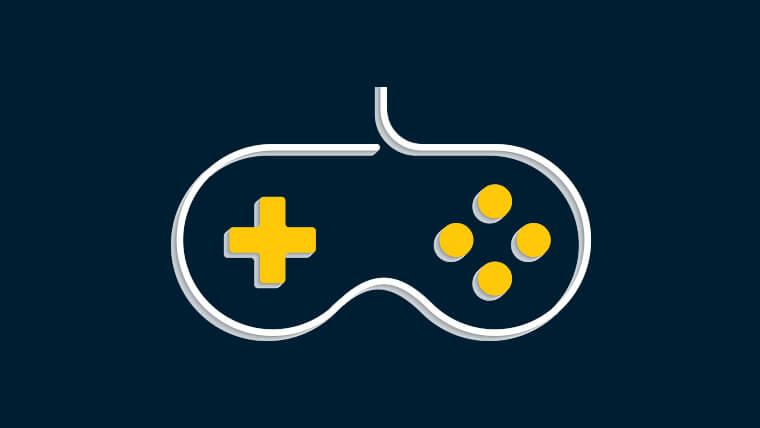


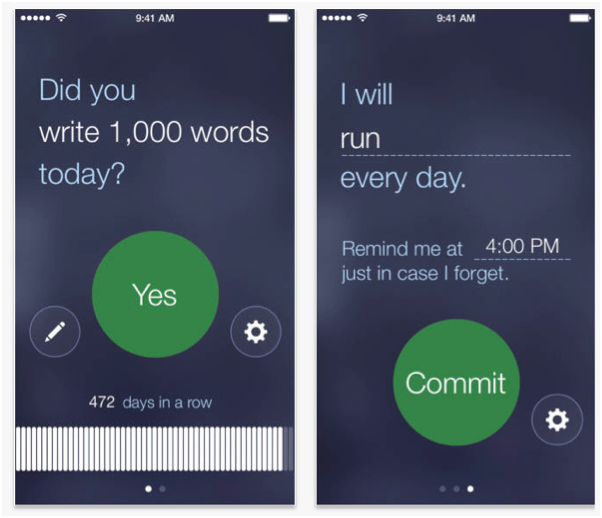
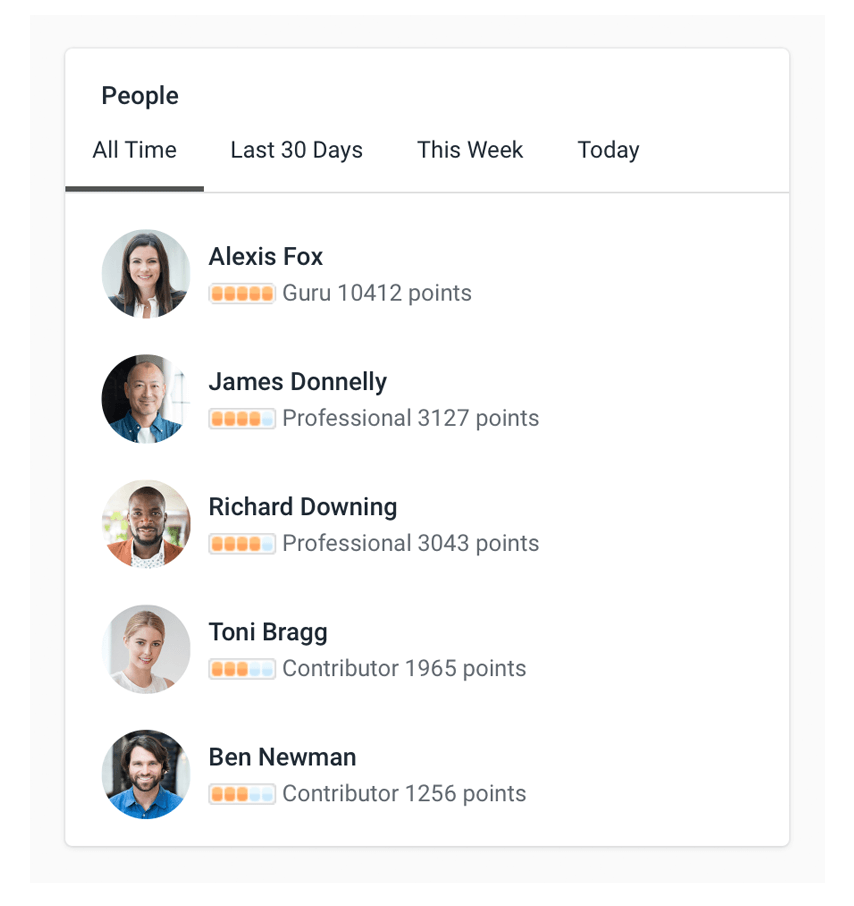
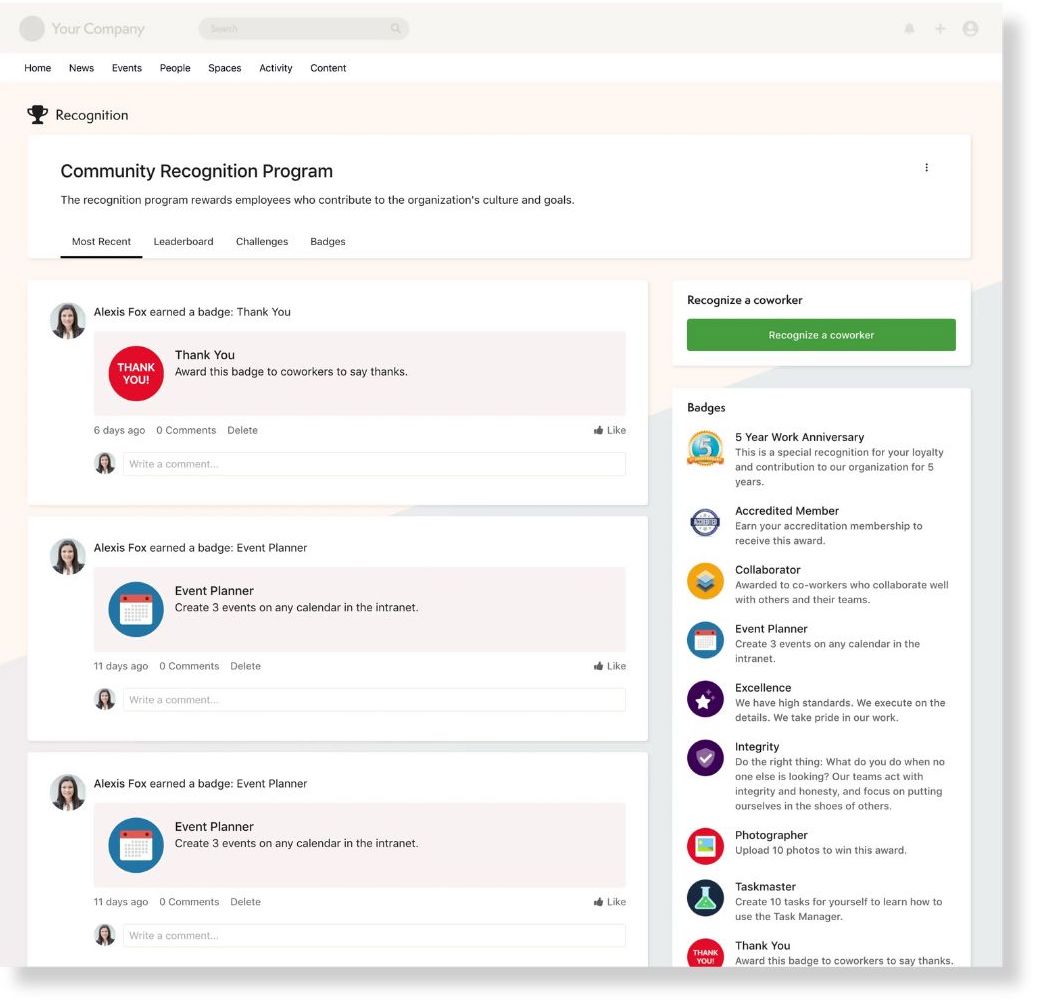

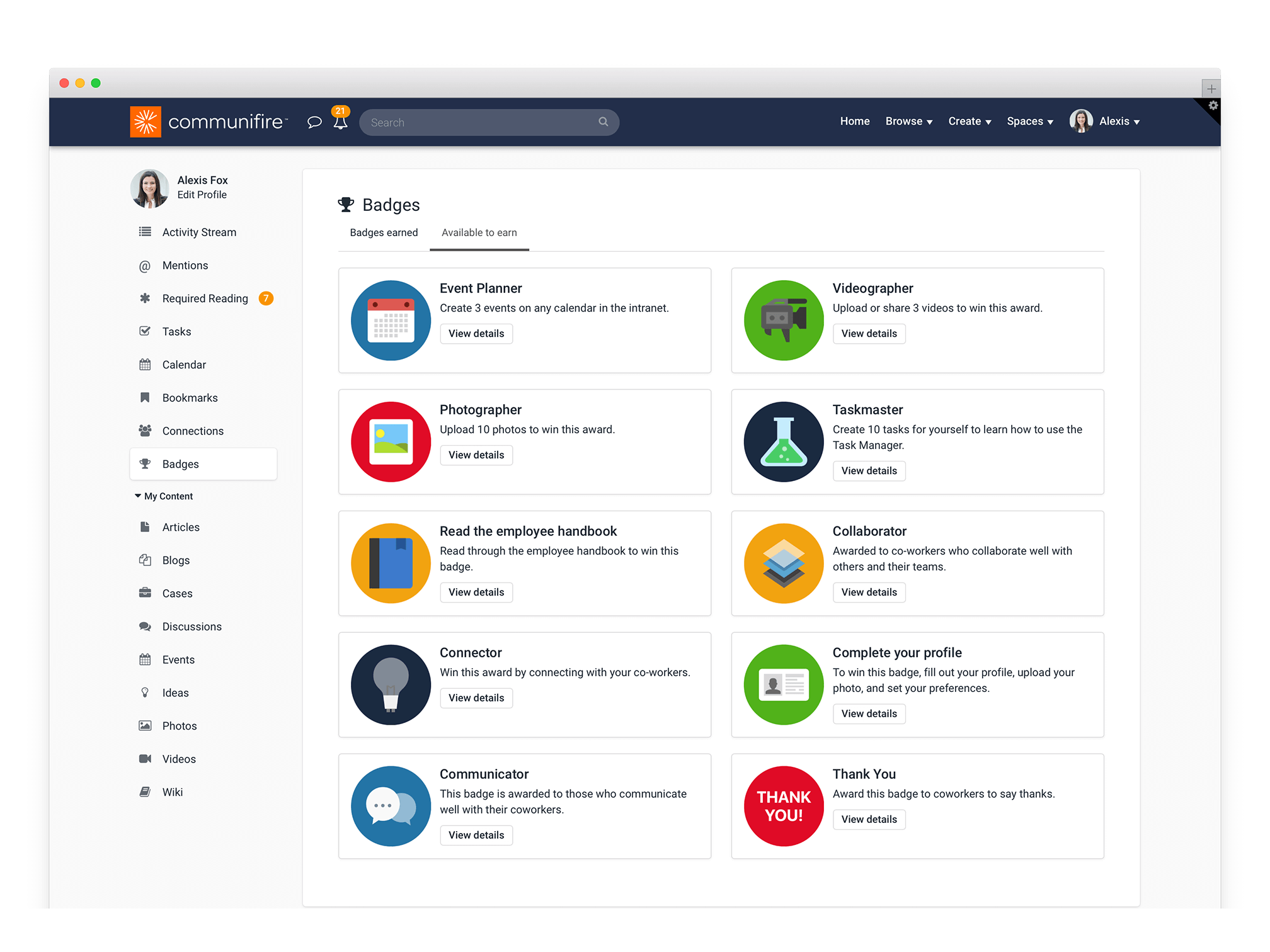
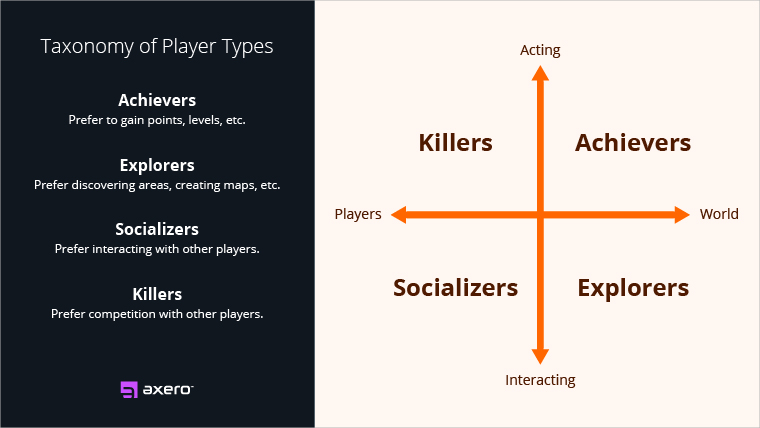
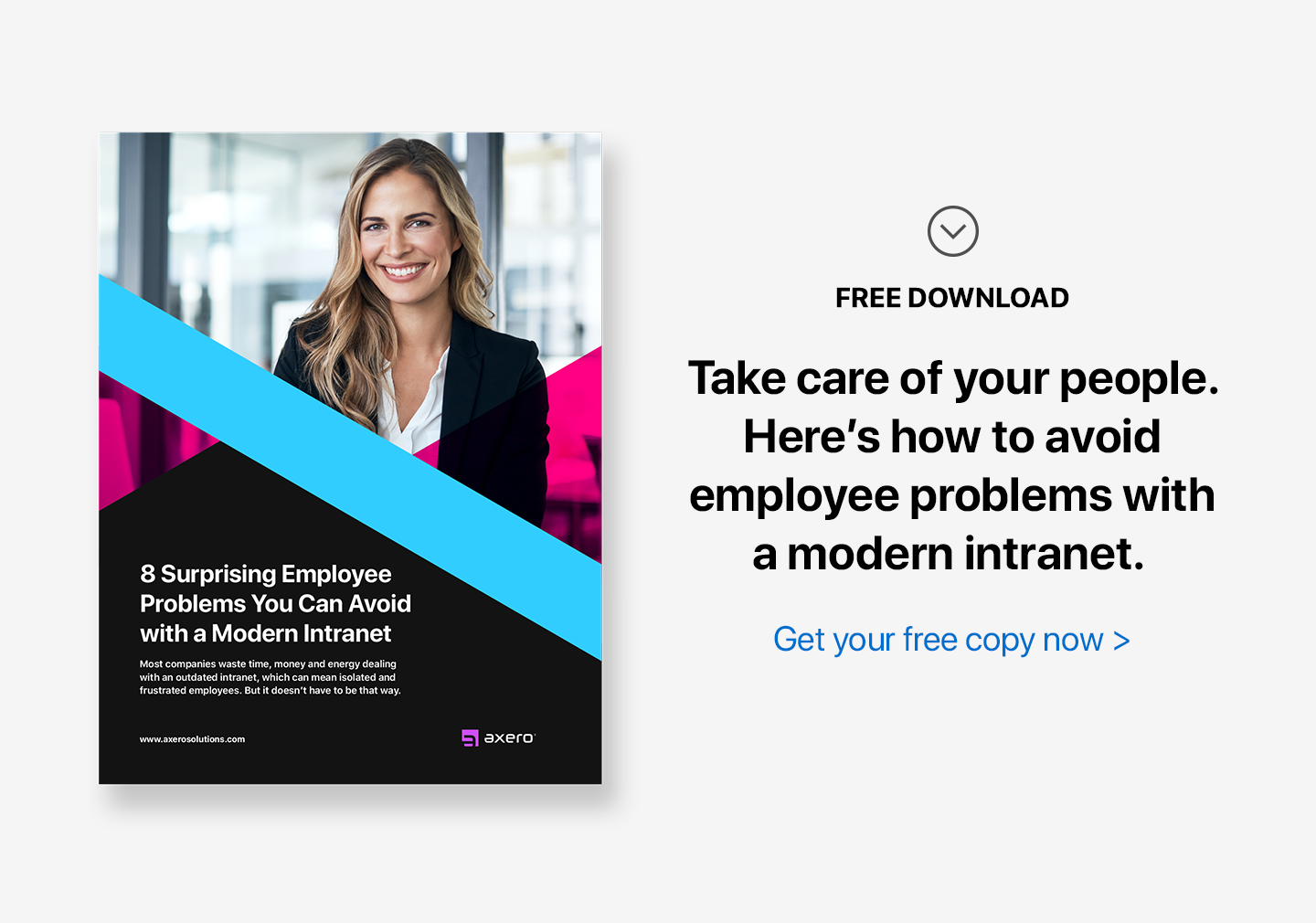
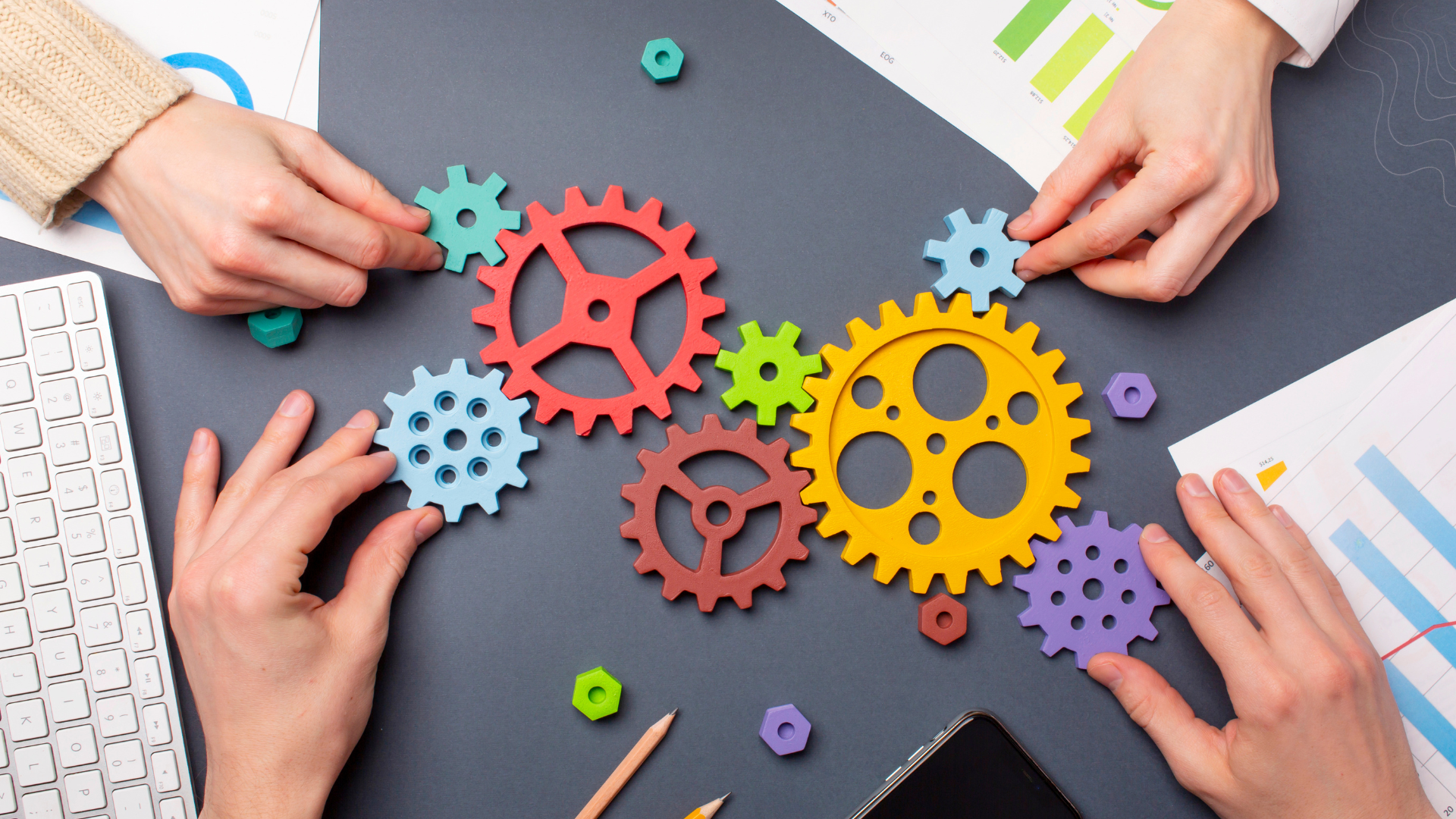
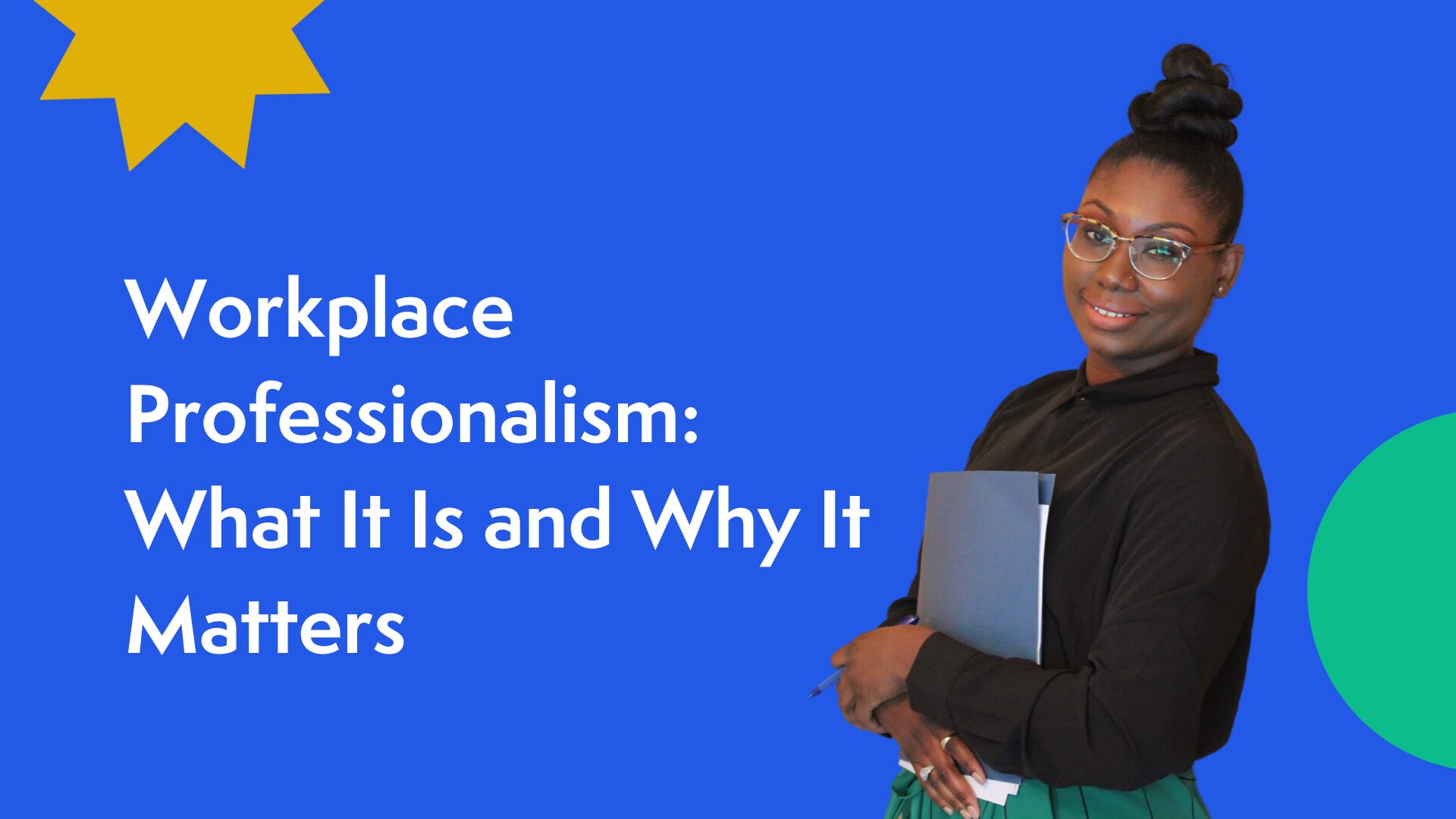
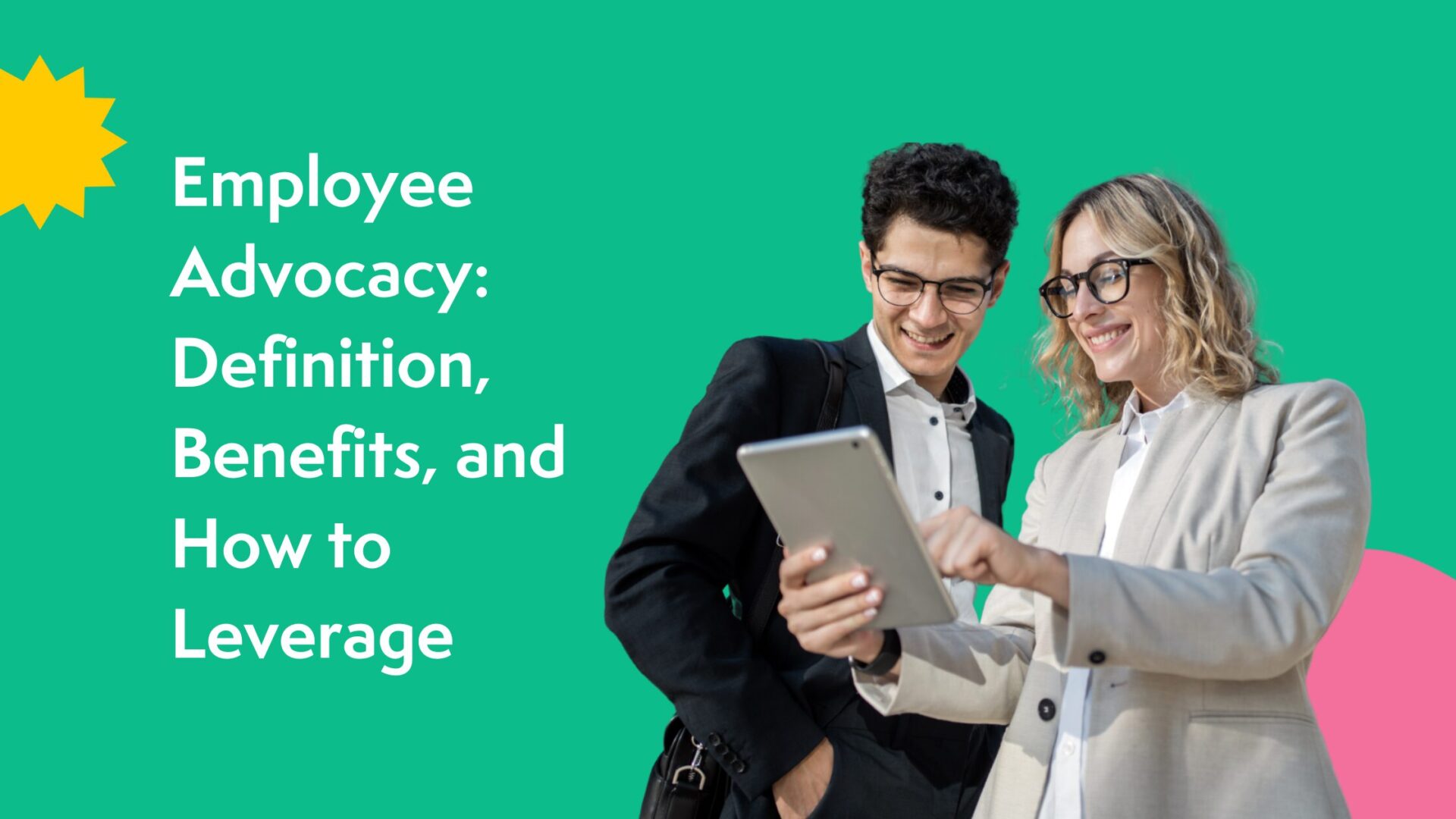


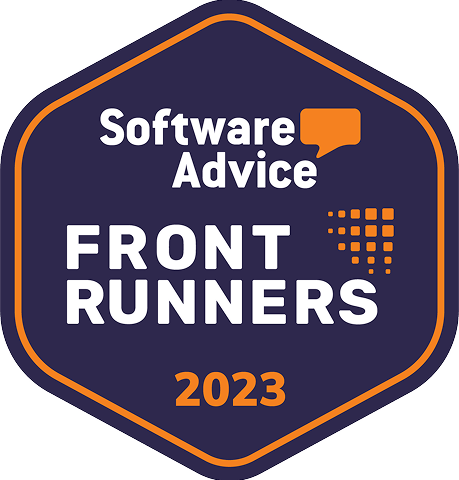
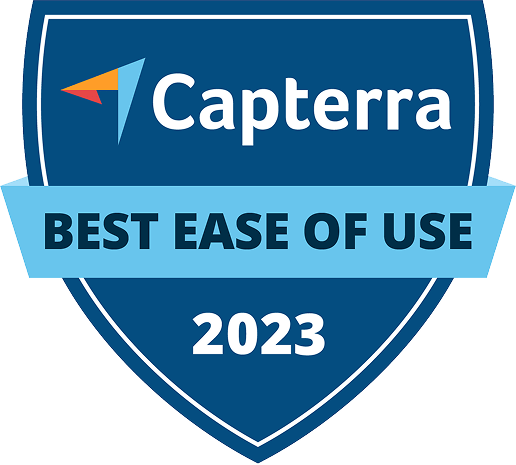
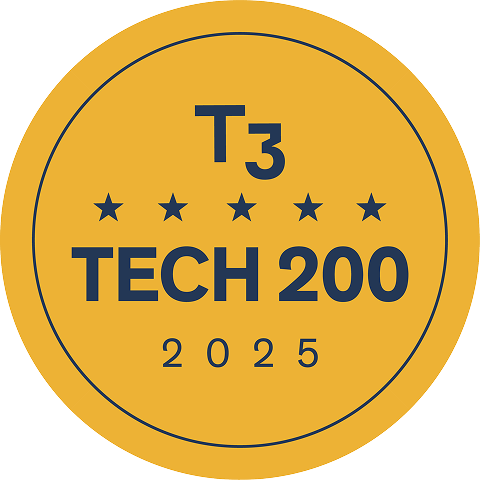


 info@axerosolutions.com
info@axerosolutions.com 1-855-AXERO-55
1-855-AXERO-55

